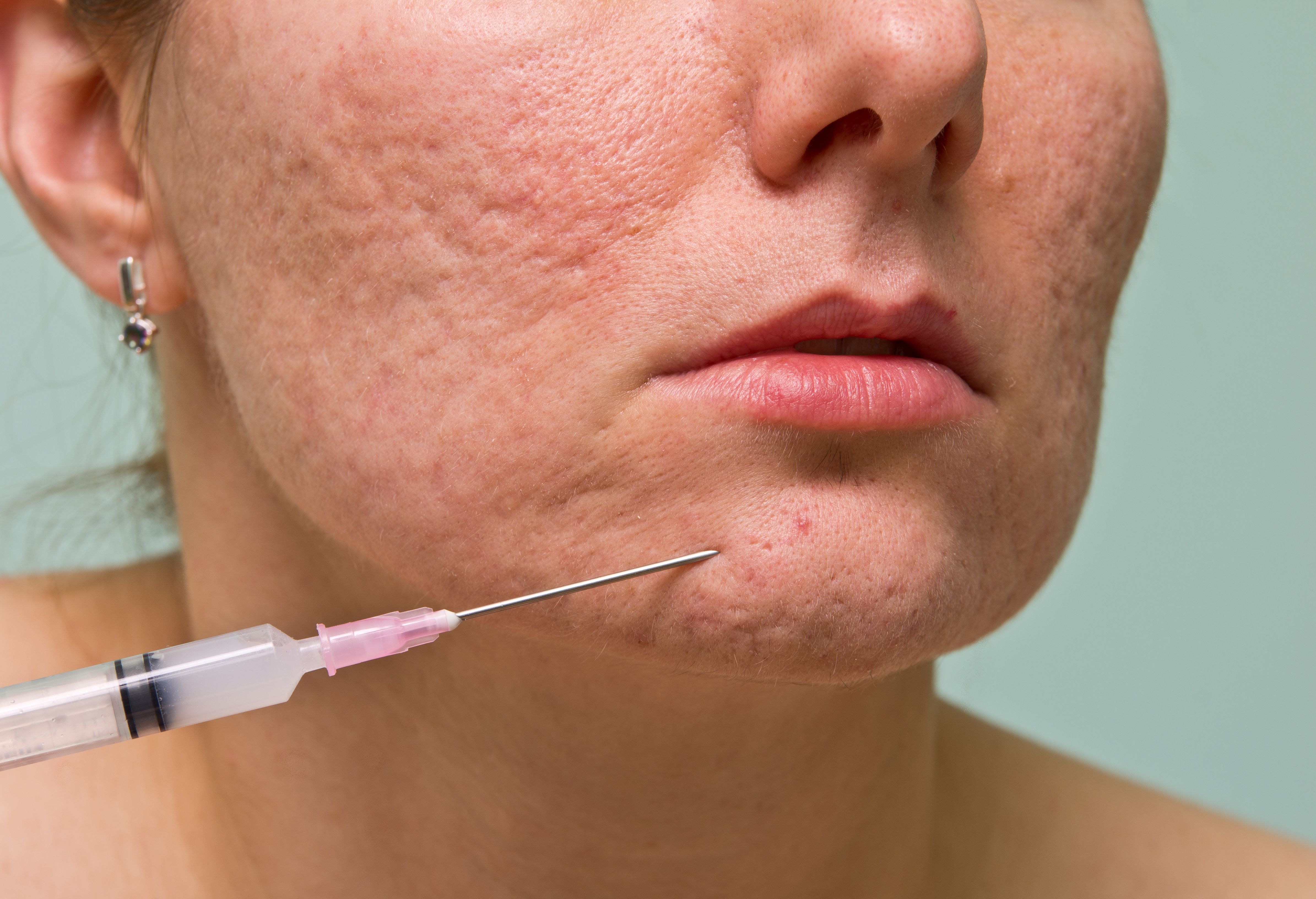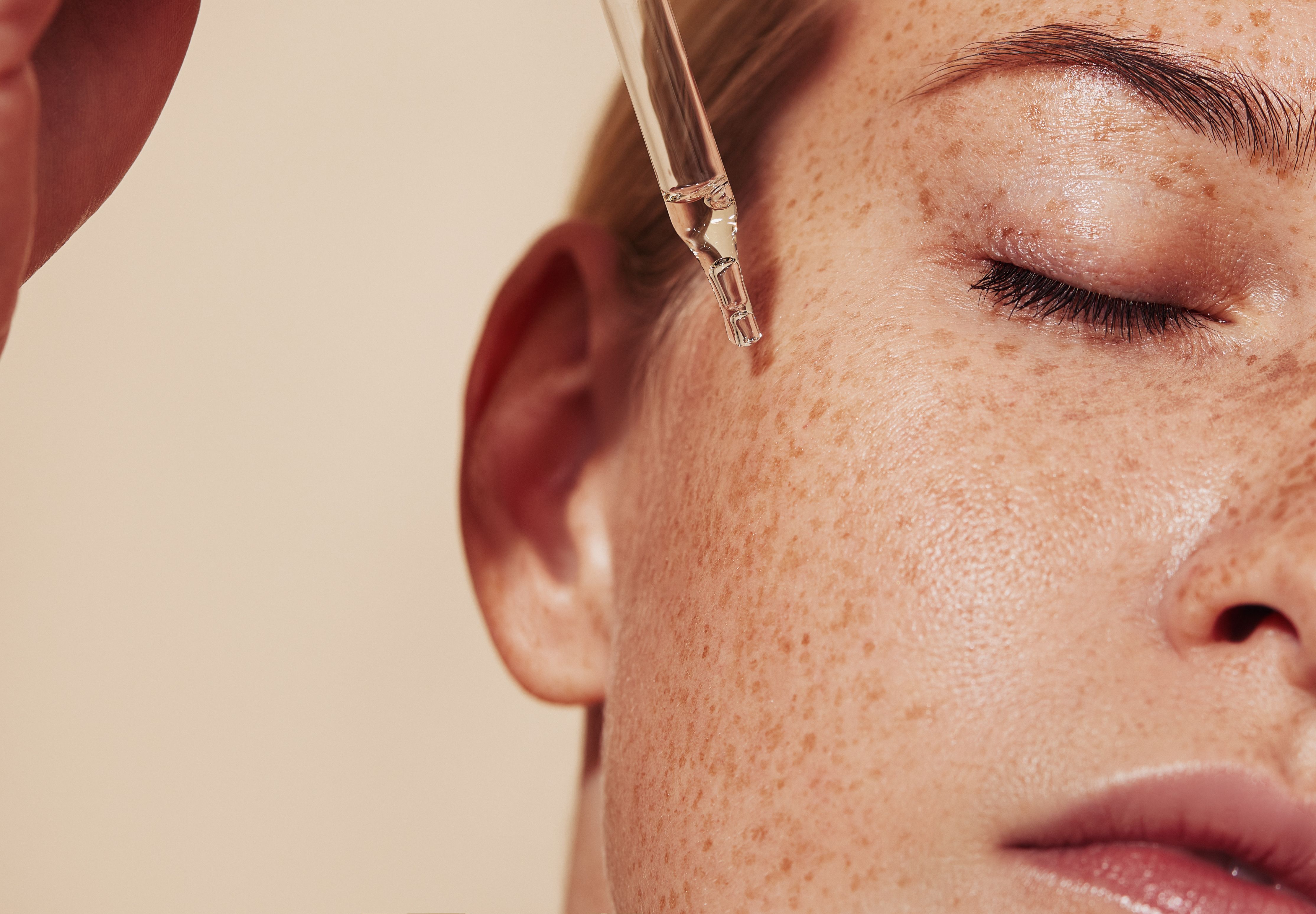PRP Therapy: A Solution for Acne Scars
Ir
Acne can leave more than just temporary blemishes—it can leave behind stubborn scars that affect your skin texture, confidence, and overall complexion. While many treatments promise to reduce acne scarring, one innovative and natural method is quickly gaining popularity: PRP (Platelet-Rich Plasma) therapy.
What is PRP?
PRP therapy harnesses the healing power of your own blood. A small amount of blood is drawn, processed in a centrifuge to isolate the platelet-rich plasma, and then re-injected or microneedled into the treatment area. PRP is packed with growth factors that help regenerate tissue, boost collagen production, and promote healing from within.

How PRP Works on Acne Scars
Acne scars, especially atrophic types like ice-pick or boxcar scars, form when inflammation damages collagen and elastin in the skin. PRP helps reverse this by:
- Stimulating collagen production to plump and smooth scarred areas
- Encouraging tissue regeneration for a more even skin texture
- Reducing post-inflammatory pigmentation, often left behind after active acne
This makes PRP a powerful ally in improving skin quality over time, without introducing foreign substances.
What to Expect During a PRP Session
1. Consultation & Skin Assessment: Your skin is evaluated to determine if you're a good candidate.
2. Blood Draw & Preparation: A small blood sample is collected and spun to concentrate the plasma.
3. Application: PRP is applied via microneedling or direct injection into the scarred areas.
4. Healing & Results: Over the following weeks, your skin naturally begins to heal, producing fresh collagen and smoother texture.
Most people benefit from 3–4 sessions spaced 4–6 weeks apart for optimal results.
Benefits of PRP for Acne Scarring
- Natural & Biocompatible: Uses your own plasma—no synthetic fillers or harsh chemicals
- Minimal Downtime: Mild redness or swelling resolves within 1–3 days
- Long-Term Skin Improvement: Continued collagen remodeling occurs for months post-treatment
- Safe for All Skin Types: Low risk of pigmentation changes or allergic reactions

Combining PRP with Other Treatments
PRP therapy can be even more effective when combined with treatments like microneedling, laser resurfacing, or chemical peels. Your practitioner can tailor a treatment plan based on your skin type and scar severity.
Is PRP Right for You?
PRP is ideal for men and women with lingering acne scars who prefer a natural, regenerative solution. It’s particularly appealing for those who want to avoid more invasive procedures or synthetic injectables.
However, results can vary depending on the depth of the scars and individual skin response. A consultation with a trained practitioner is the best way to determine suitability.
Ready to Take the Next Step?
If you’re tired of hiding your scars and want to invest in a treatment that works with your body’s natural healing powers, PRP could be the answer. Book a consultation today and discover how you can restore smoother, more radiant skin—naturally.
